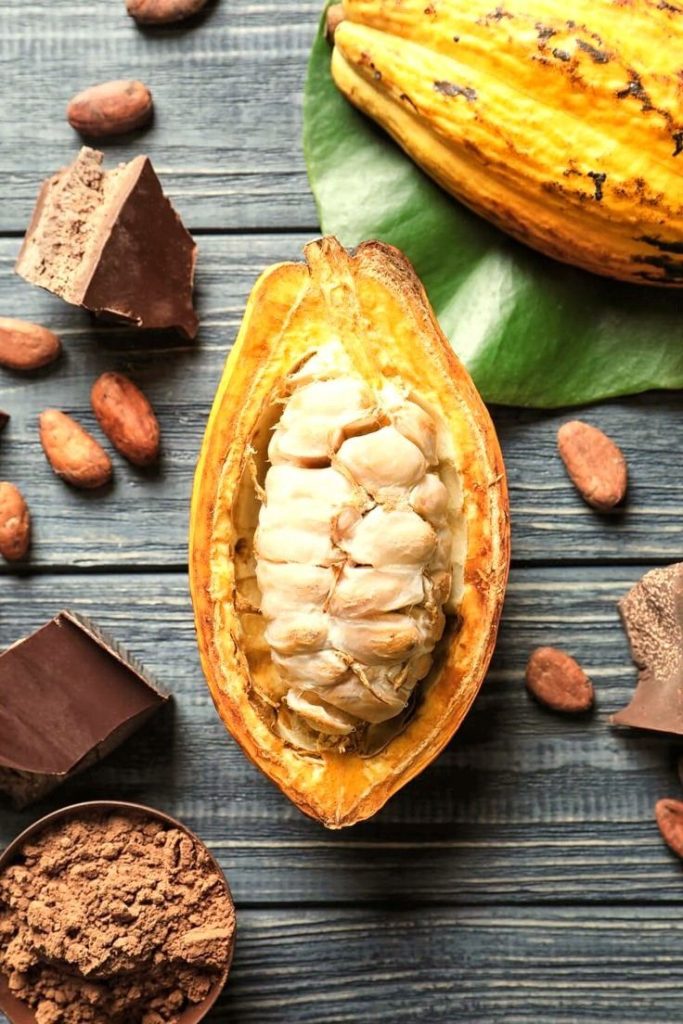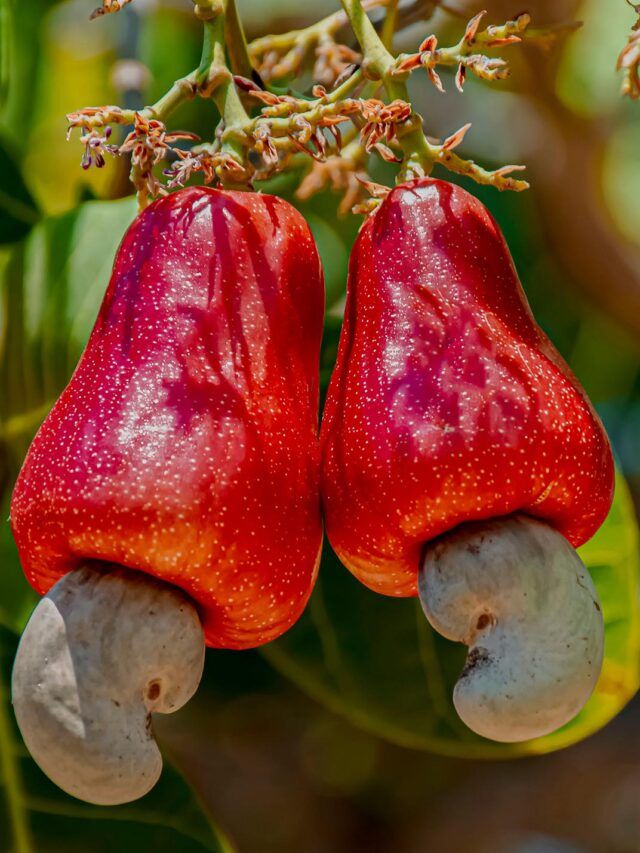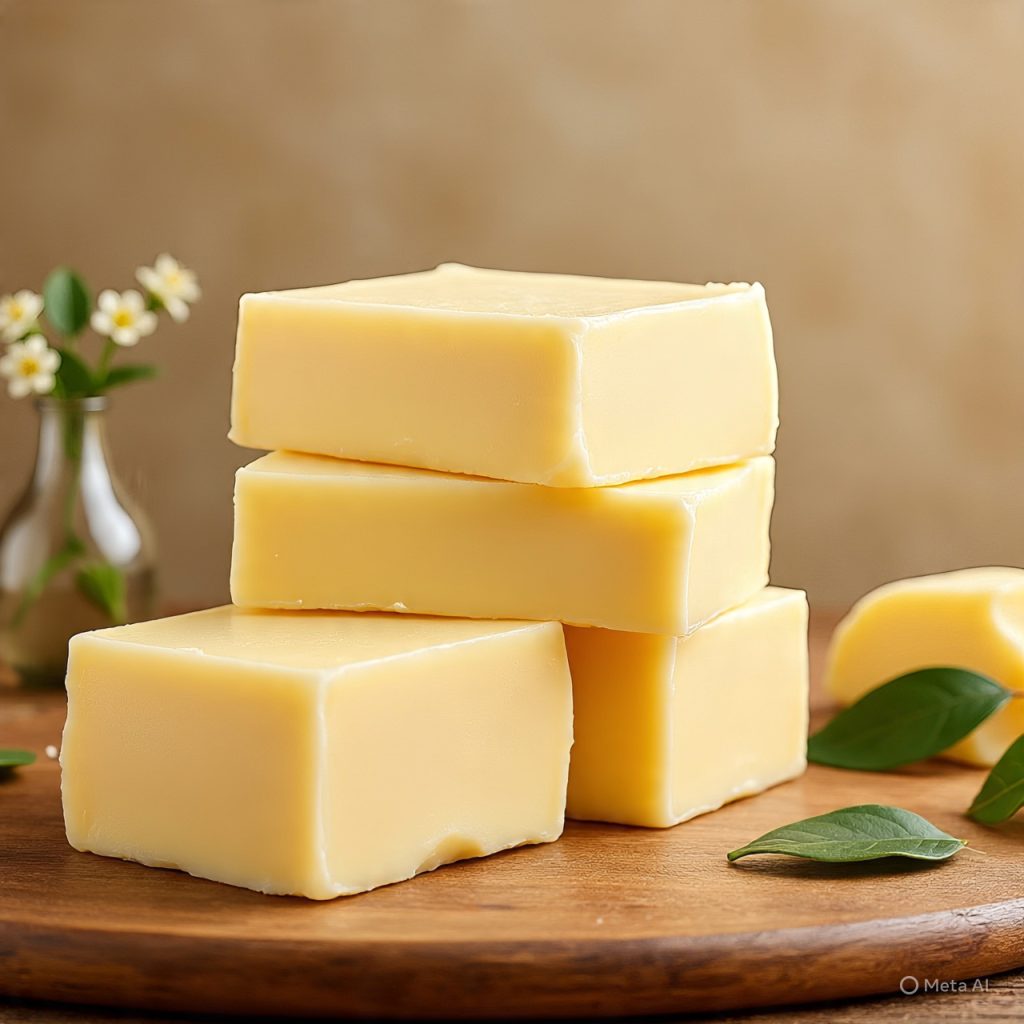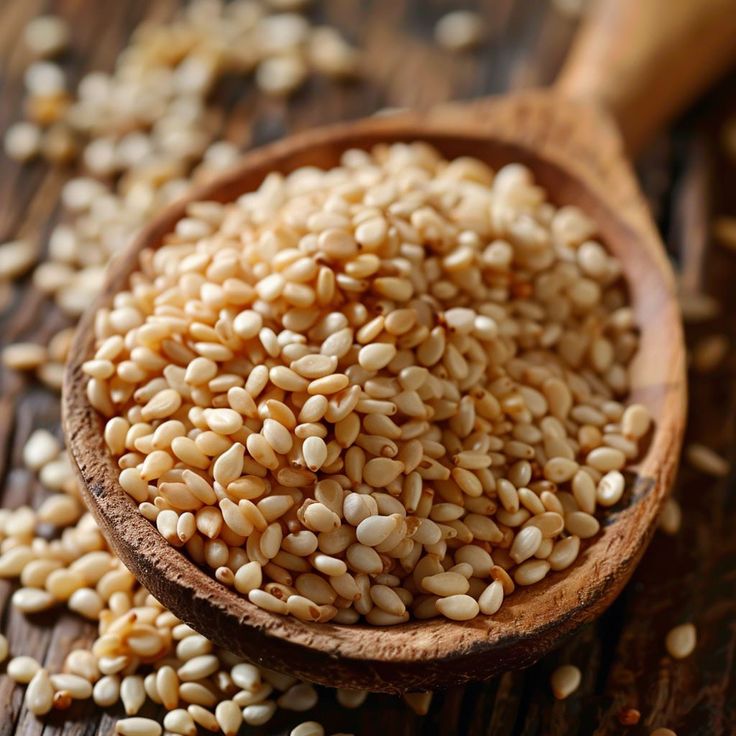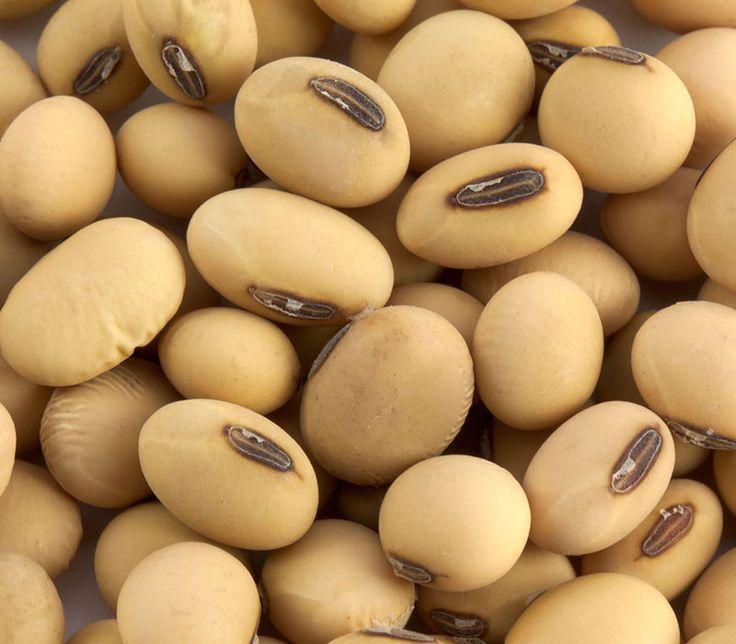Cocoa is one of the world’s most valuable agricultural commodities, forming the foundation of the multi-billion-dollar chocolate and confectionery industry. Known for its rich flavor, unique aroma, and diverse applications, cocoa has a stable and growing global demand. It is not only the key ingredient in chocolate but also an essential raw material in cosmetics, pharmaceuticals, and beverages.
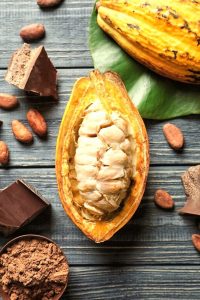 Why Cocoa is in High Demand
Why Cocoa is in High Demand
-
Chocolate Industry Growth – A continuously expanding market driven by global consumption.
-
Diverse Applications – Used in food, beverages, cosmetics, and nutraceuticals.
-
Health Benefits – Rich in antioxidants, flavonoids, and essential minerals.
-
Stable Global Demand – Widely traded with strong, long-term market trends.
Common Uses of Cocoa
-
Chocolate & Confectionery – Bars, candies, truffles, and coated snacks.
-
Beverages – Cocoa powder for hot chocolate, milkshakes, and flavored drinks.
-
Baking – Cakes, biscuits, brownies, and pastries.
-
Cosmetics – Cocoa butter in lotions, soaps, and lip balms.
-
Pharmaceuticals – Functional foods and supplements for heart health and mood enhancement.
Types of Cocoa for Export
-
Cocoa Beans – Fermented and dried for chocolate production.
-
Cocoa Powder – Used in beverages, desserts, and industrial recipes.
-
Cocoa Butter – Extracted from cocoa beans; valued in cosmetics and food.
-
Cocoa Liquor – Processed form for high-quality chocolate making.
-
Organic Cocoa – Chemical-free, high-value product for premium markets.
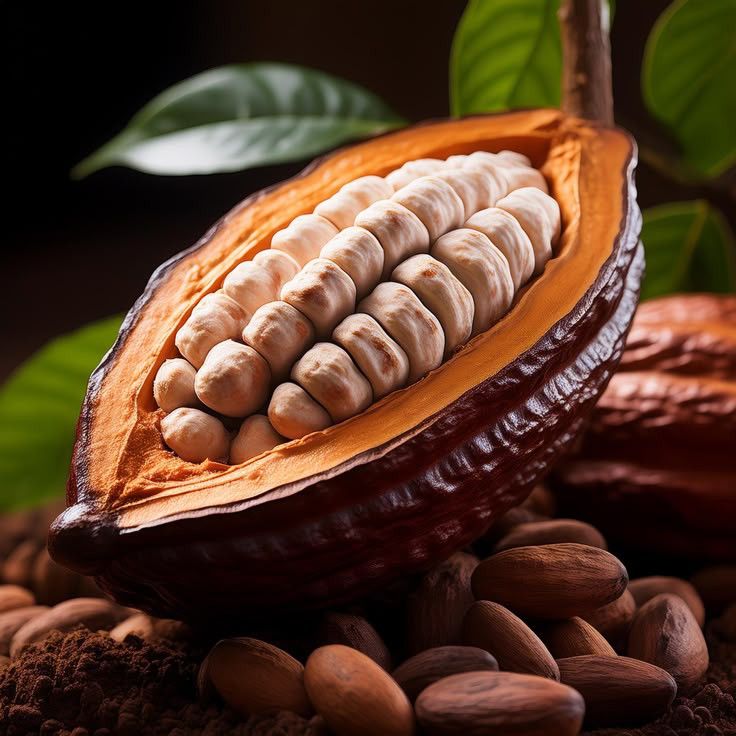
Major Importing Markets
-
Europe – Netherlands, Germany, Belgium, France, Switzerland (chocolate manufacturing hubs).
-
North America – USA, Canada (confectionery and beverage industries).
-
Asia – Japan, China, South Korea, India (growing chocolate consumption).
-
Middle East – UAE, Saudi Arabia, Turkey (luxury chocolate and cocoa products).
Export Processing Steps
-
Harvesting – Picking ripe cocoa pods by hand.
-
Fermentation – Developing flavor through controlled fermentation.
-
Drying – Sun-drying or mechanical drying to reduce moisture content to 6–7%.
-
Cleaning & Sorting – Removing foreign matter and defective beans.
-
Grading – Based on bean size, moisture, and fermentation quality.
-
Packaging – Exported in jute bags (usually 60kg) or bulk containers.
Quality Standards & Export Requirements
-
Moisture Content – Generally 6–7% for safe storage.
-
Bean Count – Standard export grade is 300–330 beans per kg.
-
Defective Beans – Should be below acceptable limits set by the importing country.
-
Certifications – Organic, Fairtrade, ISO, HACCP depending on buyer requirements.
-
Documentation – Phytosanitary certificate, certificate of origin, quality analysis report, export license.
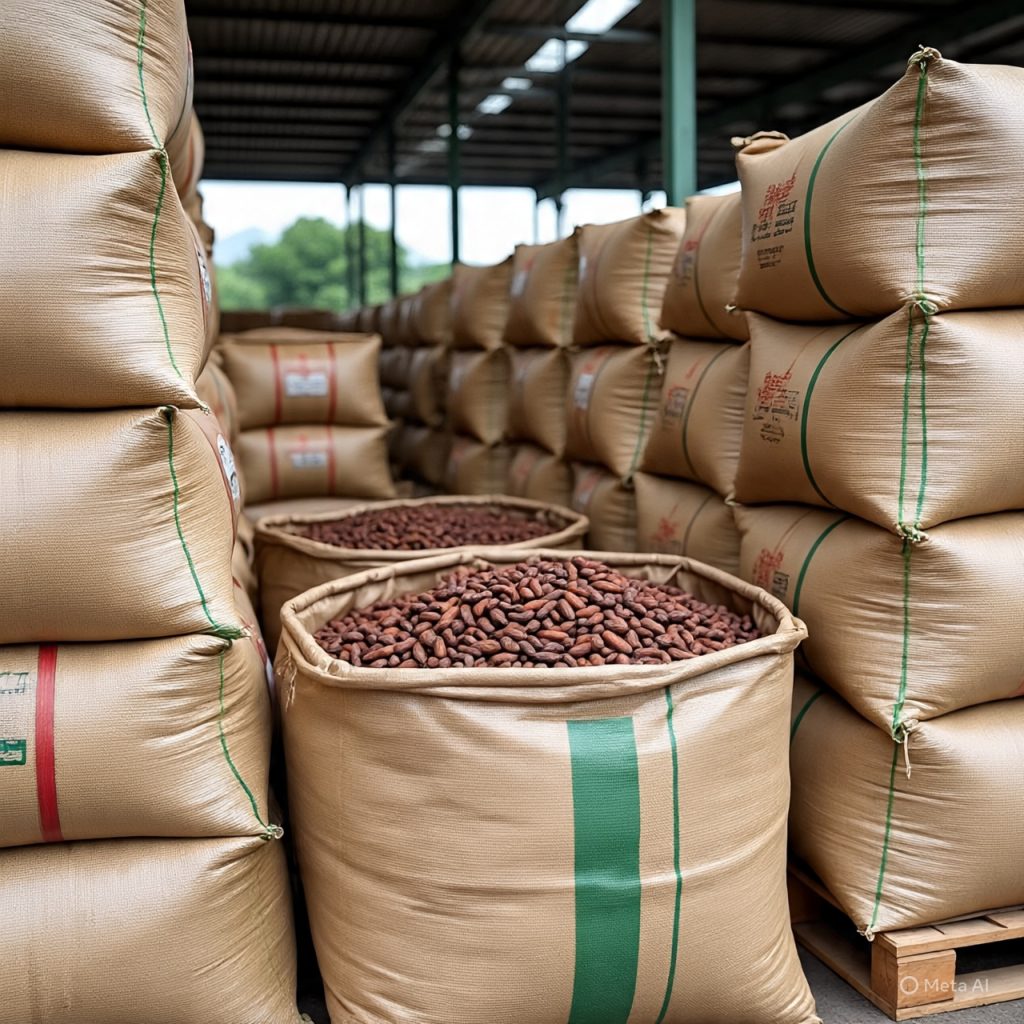
Why Cocoa Export is Profitable
-
High-Value Commodity – Premium product with stable global demand.
-
Diverse Market Opportunities – From raw beans to processed cocoa products.
-
Value Addition – Processing into butter, powder, or liquor increases profit margins.
IMEN GREEN GLOBAL LIMITED Advantage
We supply premium-grade cocoa beans and products sourced directly from trusted farmers. Our focus on quality, consistency, and timely delivery ensures satisfaction for chocolate manufacturers, wholesalers, and bulk buyers.
We offer:
-
Fermented & Sun-Dried Cocoa Beans.
-
Cocoa Butter & Powder.
-
Organic & Conventional Cocoa.
-
Custom Packaging & Private Label Options.
Conclusion:
Cocoa is more than just a crop — it’s the essence of the global chocolate industry. By maintaining high quality, meeting strict export standards, and building strong buyer relationships, exporters can enjoy sustainable growth in one of the world’s most stable and profitable markets.

